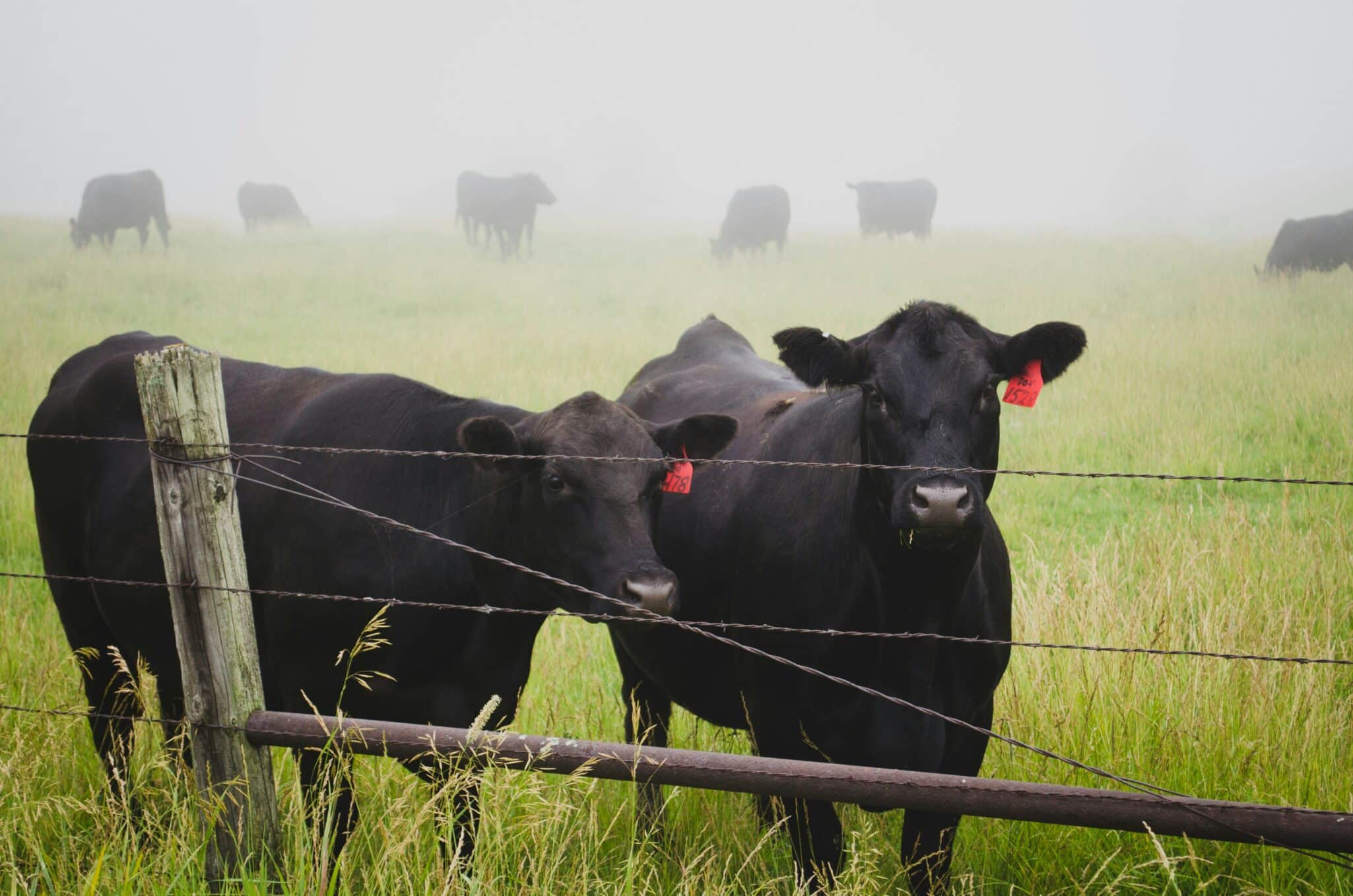Key Takeaways
- Prevention reduces costs and improves welfare: Shifting from reactive treatments to proactive disease management helps farmers cut long-term medical expenses, avoid costly outbreaks, and enhance animal welfare.
- Smart monitoring tools enable early detection: AI-powered systems track health metrics in real time and flag subtle changes—such as posture or appetite—allowing fast intervention before diseases spread.
- Nutrition and environment play a critical role: Balanced diets and stress-reducing environments boost animals’ immune systems, making them more resilient against illness and improving overall herd productivity.
- Customized vaccination strategies increase effectiveness: Tailored immunization plans based on species, age, and regional risks—along with innovations like mRNA vaccines—strengthen disease resistance and recovery rates.
- Proactive health management ensures long-term sustainability: A prevention-first approach, supported by precision tools and informed decisions, positions livestock producers to meet growing global food demands more efficiently.
Modern livestock producers must raise more resilient herds while meeting the demands of sustainable farming and global food supply. Instead of waiting for illness to spread, farmers shift from reactive treatments to proactive strategies. This shift improves animal welfare and productivity, which reduces costly outbreaks and long-term medical expenses. It makes prevention a practical investment for the future of livestock management.
Why Prevention Is Smarter Than a Cure in Livestock Disease Management
Livestock disease outbreaks can devastate farm operations, which cut profits through lost productivity, higher treatment costs and disrupted supply chains. The financial stakes are high because livestock products comprise nearly half the value of global agricultural production. As the world’s population grows, demand for animal-sourced foods is expected to climb toward 2 billion tons by 2050, putting more pressure on farmers to maintain productive herds.
Proactive strategies help avoid major losses and reduce reliance on costly emergency treatments. Biosecurity measures like controlled farm access and sanitation routines paired with regular vaccinations and health checks act as the first line of defense. These simple but powerful steps reduce disease risk and support a more resilient, cost-effective livestock operation.
Early Detection Through Smart Monitoring Tools
Precision livestock farming improves disease prevention by combining smart technology with real-time animal insights. These tools use AI and connected devices to track health indicators like body temperature, eating habits, and activity levels. They also flag potential problems before visible symptoms even appear.
Some systems also use AI-powered facial recognition that scans each animal for subtle signs of illness, such as drooping posture or abnormal behavior. When an issue is detected, ranchers receive an instant alert. They can use a geolocation platform to track the affected animal through an IoT-enabled ear tag.
This process simplifies isolating and treating the animal quickly, whether showing early signs of mastitis or a respiratory condition. Catching problems early and responding fast reduces the spread of diseases and avoids major losses with far less stress and guesswork.
Nutrition and Environmental Health as Preventive Tools in Livestock Disease Management
A healthy herd starts with strong immunity, which depends heavily on good nutrition and low stress. When animals are well-fed with balanced diets, their immune systems are better equipped to fight off infections and recover quickly from illness.
Poor nutrition can weaken immunity, making animals more vulnerable to disease. Many producers turn to precision feeding systems that tailor nutrient delivery based on age, weight and health status. These systems — along with targeted supplements like calcium iodate — support energy metabolism and development while boosting resistance to illness.
Farmers can further strengthen herd health by designing shelters that maintain steady temperatures, allow proper airflow and prevent waste buildup, which minimizes the spread of harmful pathogens. When combined, smart feeding and thoughtful environmental management create a low-stress, high-resilience setting where animals can thrive.
Vaccination and Immunity Planning
Vaccination is crucial to proactive livestock disease management, but one-size-fits-all approaches don’t work in diverse farming environments. Tailored schedules customized by species, age and local disease risk ensure animals get the right protection at the right time. Vaccines train the immune system to recognize and fight pathogens before they cause illness, which makes outbreaks less likely and recovery times faster.
mRNA-based vaccines and slow-release delivery systems make immunization more effective and longer-lasting, even in remote or high-risk areas. Just as important as administering vaccines is keeping detailed records of doses, dates and outcomes. These help farmers monitor immunity across the entire herd and make data-driven health decisions.
The Future of Herd Health Lies in Prevention
Building a healthy herd begins with consistent, prevention-first strategies backed by data and routine care. Investing in smart technology, ongoing education, and strong partnerships allows producers to avoid disease risks and protect long-term productivity.
This article is a contribution of Ellie Gabel, Associate Editor for Revolutionized.com


